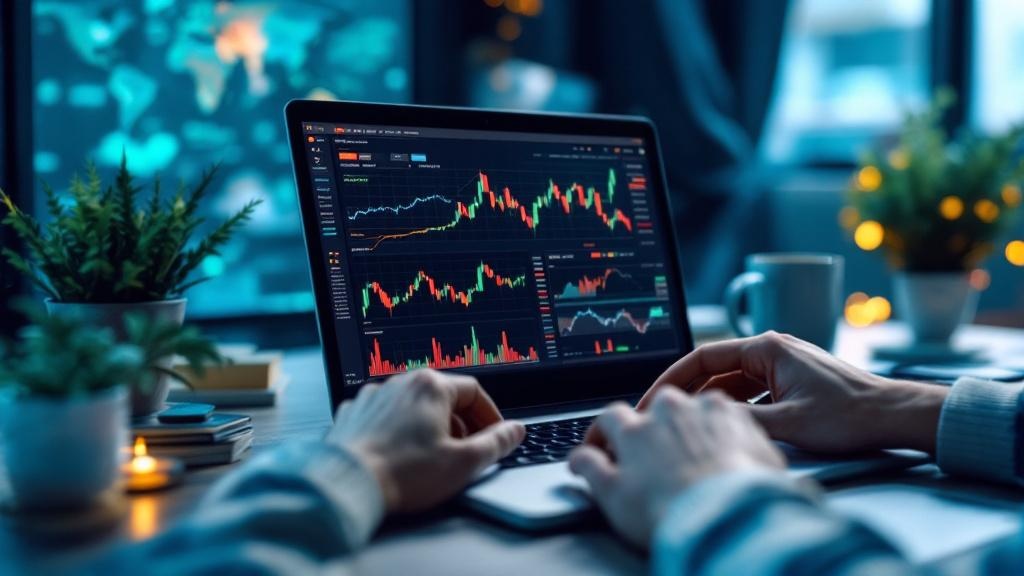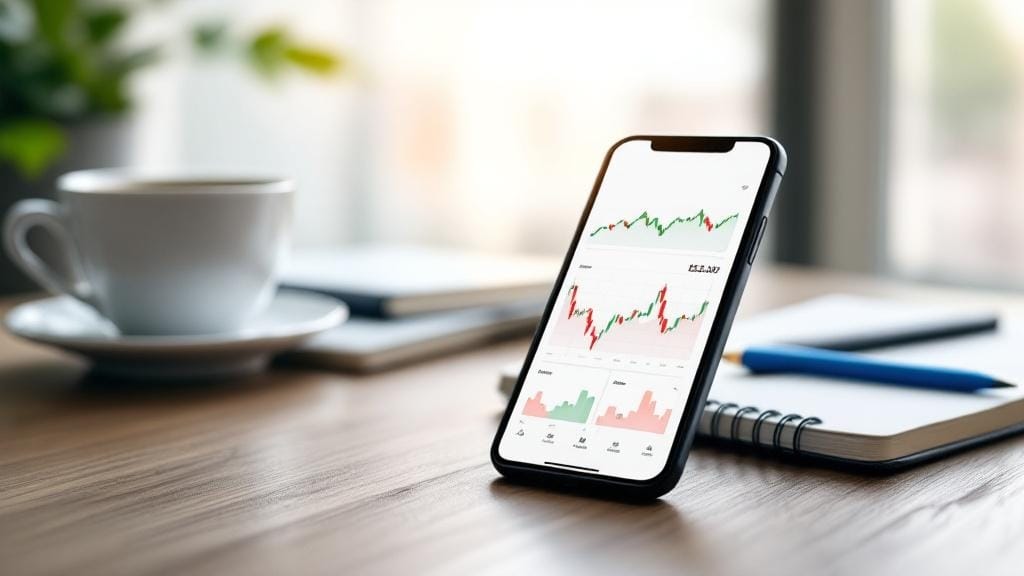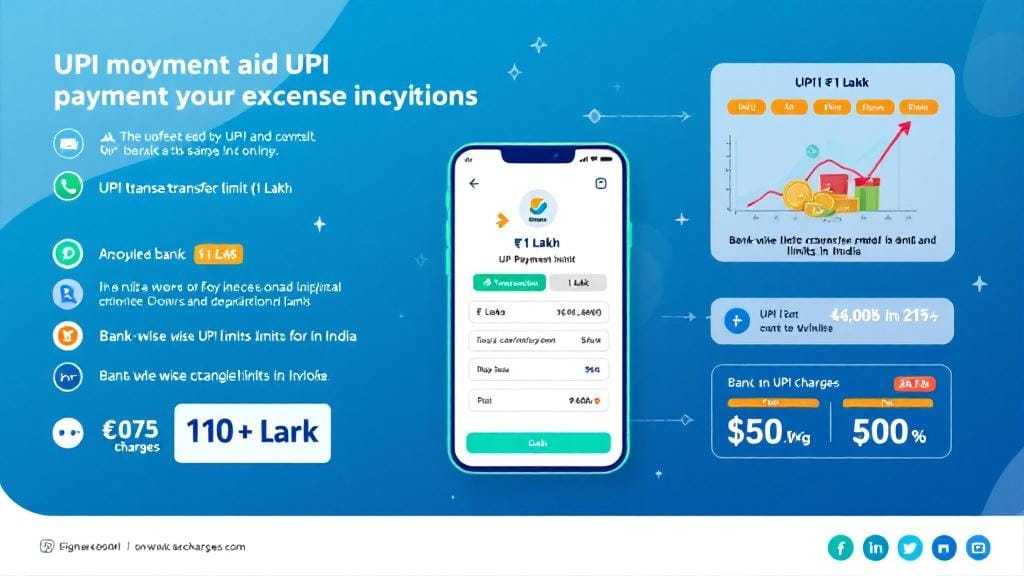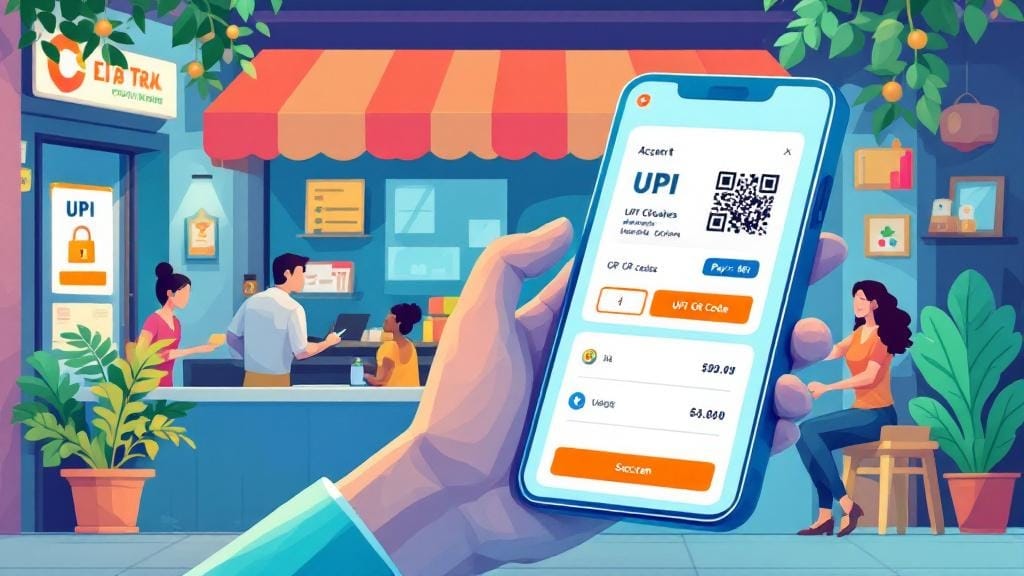Forex trading can seem overwhelming at first, but with the right guidance, anyone can learn to navigate the forex market successfully. If you’re a beginner looking to dive into forex trading, this comprehensive guide will equip you with all the tools, tips, and strategies you need to start confidently. Whether you’re looking to understand forex basics, the best trading strategies, or how to choose a forex broker, this guide will cover it all.
What is Forex Trading? An Introduction for Beginners
Forex, short for “foreign exchange,” is the global marketplace where currencies are traded. The forex market is the largest and most liquid financial market in the world, with a daily trading volume exceeding $6 trillion. Unlike stock markets that operate within certain hours, the forex market is open 24 hours a day, five days a week.
How Does Forex Trading Work?
When you trade forex, you buy one currency while simultaneously selling another. These transactions happen in pairs, such as the EUR/USD (Euro/US Dollar), GBP/USD (British Pound/US Dollar), and USD/JPY (US Dollar/Japanese Yen).
The goal is to predict how currency prices will move relative to one another. For instance, if you believe the Euro will strengthen against the US Dollar, you would buy the EUR/USD pair. If the Euro does indeed rise, you make a profit when you sell it back to the market.
Forex Trading Basics You Need to Know
Before diving into trading, it’s crucial to understand some key terms and concepts that are foundational in forex trading for beginners.
Currency Pairs
Forex is always traded in pairs. For example, EUR/USD is a currency pair that shows how much of the second currency (USD) is needed to purchase one unit of the first currency (EUR). There are three types of currency pairs:
Major Pairs: These involve the most traded currencies in the world, such as EUR/USD, GBP/USD, and USD/JPY.
Minor Pairs: These include currencies from smaller economies, like EUR/GBP.
Exotic Pairs: These involve a major currency paired with a currency from an emerging market, such as USD/TRY (US Dollar/Turkish Lira).
Pips in Forex
A “pip” stands for “percentage in point” and is the smallest price movement that a currency pair can make. For most currency pairs, a pip is the fourth decimal point, e.g., 0.0001.
Leverage in Forex Trading
Leverage allows you to control a larger position than the amount of capital you actually have. For example, if you use a 100:1 leverage, you can control $100,000 worth of a currency with only $1,000 in your account. While leverage can increase profits, it also magnifies losses, so it’s important to use it wisely.
How to Start Forex Trading for Beginners
Starting with forex trading requires a strategic approach, careful planning, and an understanding of the key elements in trading. Here’s how to get started:
1. Choose the Best Forex Broker for Beginners
Choosing a reliable forex broker is one of the most important steps in your trading journey. Look for a broker that offers:
Regulation: Ensure the broker is regulated by reputable authorities such as the FCA (Financial Conduct Authority) or ASIC (Australian Securities and Investments Commission).
Low Spreads and Fees: Look for brokers offering competitive spreads with minimal commissions.
Educational Resources: Many brokers offer tutorials, webinars, and other resources to help beginners.
Demo Accounts: A demo account allows you to practice without risking real money. This is crucial for new traders to get comfortable with trading platforms.
Some of the best forex brokers for beginners include IG Group, eToro, and Plus500.
2. Open a Demo Forex Trading Account
Before investing real money, practice with a demo account. A demo account simulates live market conditions but with virtual funds. It helps you get a feel for the trading platform, test different strategies, and understand how market conditions affect your trades.
3. Learn Forex Trading Strategies for Beginners
Developing a trading strategy is crucial for success. Below are some strategies beginners can consider:
Day Trading: This involves opening and closing positions within the same trading day to profit from short-term price movements.
Swing Trading: Swing traders hold positions for several days or weeks to profit from medium-term trends.
Scalping: This is a short-term strategy where traders make multiple small trades throughout the day to capture small price movements.
4. Learn Technical and Fundamental Analysis
To make informed trading decisions, you must understand both technical and fundamental analysis:
Technical Analysis: This involves using past market data, charts, and indicators to forecast future price movements. Popular tools include moving averages, RSI (Relative Strength Index), and MACD (Moving Average Convergence Divergence).
Fundamental Analysis: This involves analyzing economic indicators, central bank policies, and geopolitical events that can impact currency prices. For instance, if a country’s GDP is growing rapidly, its currency may strengthen.
Forex Trading Tips for Beginners
To become a successful forex trader, keep these tips in mind:
1. Start Small and Practice
It’s essential to start small and practice before risking significant amounts of money. Begin with a demo account, and then move to a live account with a small deposit. As you gain experience, you can increase your trading size.
2. Manage Your Risk
Use risk management tools like stop-loss orders to limit potential losses. Always ensure that you risk only a small percentage of your trading capital on each trade.
3. Keep Emotions in Check
Emotional decision-making is one of the biggest pitfalls in forex trading. It’s easy to get carried away after a win or a loss, but always stick to your trading plan. Control your emotions and trade based on logic, not feelings.
4. Stay Updated with Market News
Currency prices are affected by economic and political events. Stay updated on news that may impact currency values, such as changes in interest rates, unemployment rates, or major global events.
5. Use the Right Forex Trading Platform
Choose a platform that suits your trading style and offers a user-friendly interface. Some popular trading platforms include MetaTrader 4 (MT4), MetaTrader 5 (MT5), and cTrader.
Forex Trading Tools for Beginners
There are various tools available to enhance your forex trading experience:
Economic Calendars: These show upcoming economic events and news releases that could impact the forex market.
Trading Signals: These are real-time alerts that tell you when to buy or sell a currency pair.
Charting Tools: Tools like TradingView help you analyze price charts and apply various technical indicators.
Frequently Asked Questions (FAQs)
1. What is the best forex trading strategy for beginners?
The best strategy depends on your risk tolerance and time commitment. For beginners, swing trading and day trading are often the most suitable strategies.
2. How much money do I need to start forex trading?
Many brokers allow you to start with as little as $50, but a more realistic amount to begin with is $500 to $1,000 to give you enough flexibility and room for learning.
3. How can I learn forex trading?
You can start learning forex trading through online tutorials, books, and courses. Many brokers also provide educational resources and demo accounts to practice.
4. How do forex brokers make money?
Forex brokers make money through spreads (the difference between the buying and selling price) and sometimes through commissions. Some brokers also offer additional services for a fee.
5. Is forex trading risk-free?
No, forex trading carries risks. The use of leverage can amplify both profits and losses, so it’s crucial to manage risk and trade cautiously.
6. Can I trade forex on my phone?
Yes, most forex brokers offer mobile apps that allow you to trade on the go. These apps are available on both Android and iOS devices.
7. What are currency pairs in forex trading?
Currency pairs represent the exchange rate between two currencies. The first currency is the base currency, and the second is the quote currency. Common pairs include EUR/USD, GBP/USD, and USD/JPY.








Comments (0)